Text
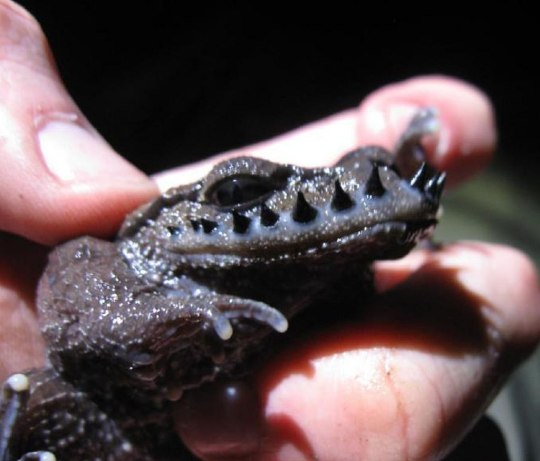
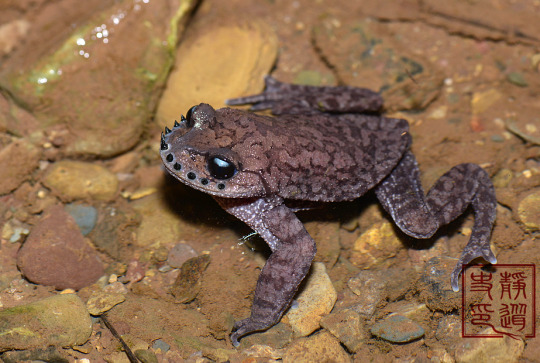



Emei Mustache Toad aka Taosze Spiny Toad, (Leptobrachium boringii), family Megophryidae, endemic to SE China
ENDANGERED.
The larger males grow keratinized spines on the upper lip, which they use to defend territories, during the breeding season. The spines fall off after the breeding season.
photographs: Hudson and Fu; Jingsong Shi; ChinaFotoPress
5K notes
·
View notes
Text
youtube
🐞 Beneath ladybugs' charming spots and vibrant colors lie…killer instincts. They’re effective predators and sometimes agricultural allies in their hunger for plant pests like aphids. In the latest episode of Insectarium, join host and Museum Curator Jessica Ware to find out how the delicate dance of predator-prey interactions in the insect world could help protect our crops and gardens. Ware is joined by Penn State entomologist Sara Hermann, who is investigating how ladybugs’ “perfume”—the chemical cocktail that makes up their odor—might become a tool for sustainable agriculture.
The series is produced for PBS by the American Museum of Natural History.
146 notes
·
View notes
Text

Here’s something to think about as you kick off 2024: We are all stardust. Every atom of oxygen in our lungs, of carbon in our muscles, of calcium in our bones, of iron in our blood—was created inside a star before Earth was born. Hydrogen and helium, the lightest elements, were produced in the Big Bang. Almost all of the other, heavier, elements were produced inside stars. Stars forge heavy elements by fusion in their cores. In a star of intermediate mass, these elements can mix into the star’s atmosphere and be spread into space through stellar winds.
Image: European Space Agency, CC BY 2.0, flickr
343 notes
·
View notes
Photo

Most skinks have smooth, overlapping scales and a glassy appearance—but not the shingleback skink (Tiliqua rugosa)!
Unlike its relatives, its scales are keeled, or rigid. Something else that sets it apart? It’s unable to shed its tail. Scientists think that the shingleback’s short, stumpy tail—which is similar in shape to its head—confuses predators, leading them to wonder, “Which end is which?” And in that moment of hesitation, the skink may escape. If it wants to scare a foe away, it may try flashing its bright blue tongue.
Photo: Martin Lagerwey, CC BY-NC-SA 2.0, flickr
#AnimalFacts #animals #skink #ShinglebackSkink #dyk
https://www.instagram.com/p/CePmEARrhVO/?igshid=NGJjMDIxMWI=
674 notes
·
View notes
Photo

etsy/sundrench turned 10 today!
2 notes
·
View notes
Photo

It’s time for Mineral Monday—today, let’s learn about zeolites! Pictured is a specimen of green fluorapophyllite-(K) and tan stilbite on altered black basalt. It’s one of hundreds of zeolite-bearing pieces found near the Rio Das Antas in Brazil. Huge amounts of basaltic lava erupted about 135 million years ago when South America and Africa split apart. Today basalt from this eruption, along with the zeolites found in cavities within it, can be found both in southern Brazil and across the Atlantic Ocean in Angola. Zeolites have an open crystal structure where water molecules fill in empty spaces. They often form in cavities in lava rocks that cooled below the water table—like this one!
Photo: E. Louis/ © AMNH
#NewYorkRocks (at American Museum of Natural History)
https://www.instagram.com/p/CUDEl3vLJQp/?utm_medium=tumblr
223 notes
·
View notes
Photo

Care to dance? 🕺Courtship rituals of the Grey Crowned Crane consist of “nuptial dancing” in which two mates bob heads, spread wings, jump around, and let out a series of calls. Either a male or a female can initiate the dance; both have a spectacular golden crest and bright red throat. This bird lives in grasslands across Africa, south of the Sahara Desert.
Photo: David Cook, CC BY-NC 2.0, flickr
https://www.instagram.com/p/CTlmlLmLn4j/?utm_medium=tumblr
161 notes
·
View notes
Photo

The scorpion fly (Panorpa communis) looks like an animal from a children’s book, but this insect is not a fictional character! Males are distinguished by their scorpion-like tails, which happens to be their genitalia. During courtship rituals, a suitor will bring gifts to a female in the form of dead insects or a nutritious mass of saliva. There’s a reason behind all of this gift giving: mating can be dangerous for the male, as the female will eat him if displeased!
Photo: Philippe Rouzet, CC BY-NC-ND 2.0, flickr
https://www.instagram.com/p/CToI9Wvro0Y/?utm_medium=tumblr
250 notes
·
View notes
Photo






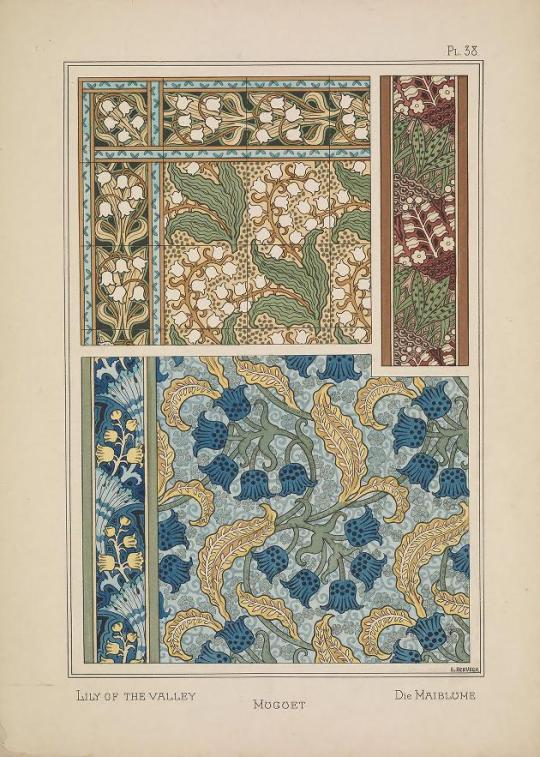
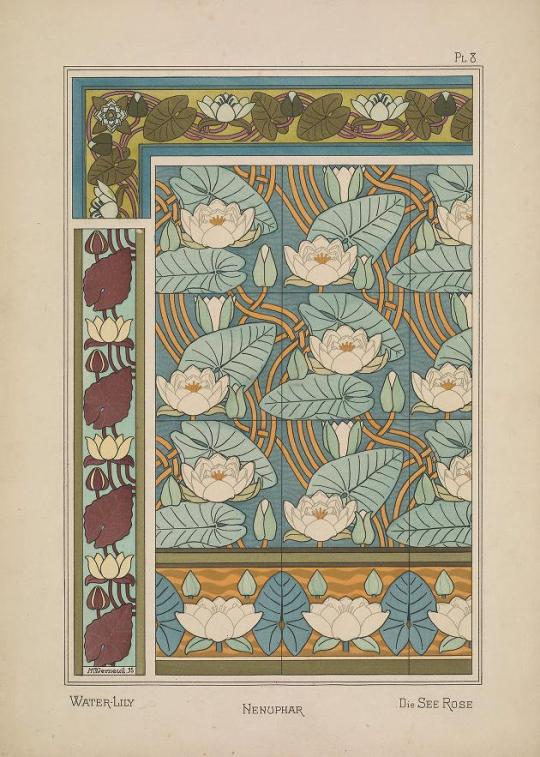

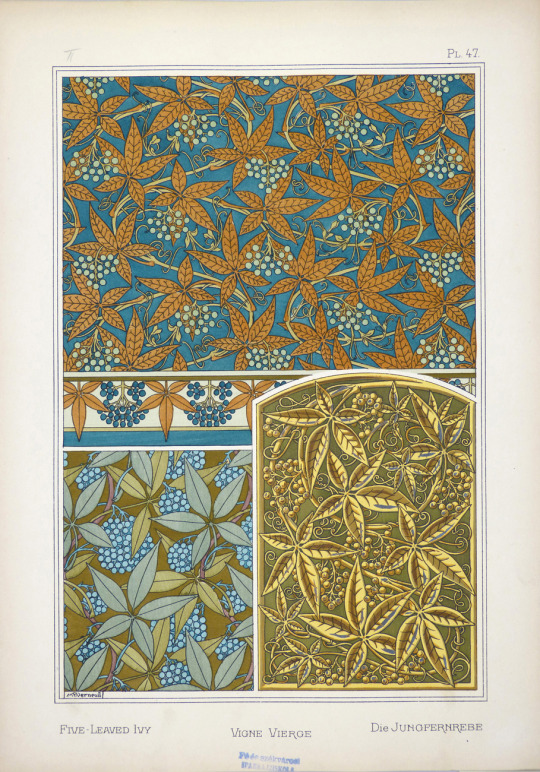
1. Chestnut tree 2. Snowdrop 3. Thistle 4. Dandelion Lithograph, by Juliette Milesi(1872-1959)
5. Nasturtium Lithograph, by Anna Martin(18??-19??)
6. Mistletoe 7. Lily of the Valley Lithograph, by Emma Hervegh(18??-19??)
8. Water Lily 9. Black cherry 10. Five-Leaved Ivy Lithograph, by Maurice Pillard Verneuil(French, 1869-1942)
from “La Plante et ses applications ornementales” sous la direction de M. Eugène Grasset(Swiss, 1845-1917)1896 here, here, and here
2K notes
·
View notes




